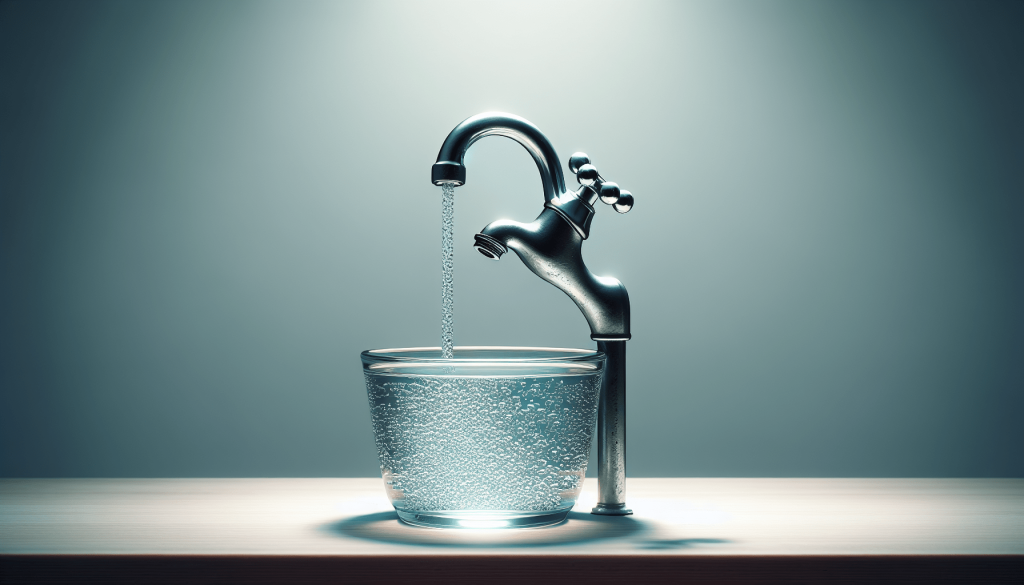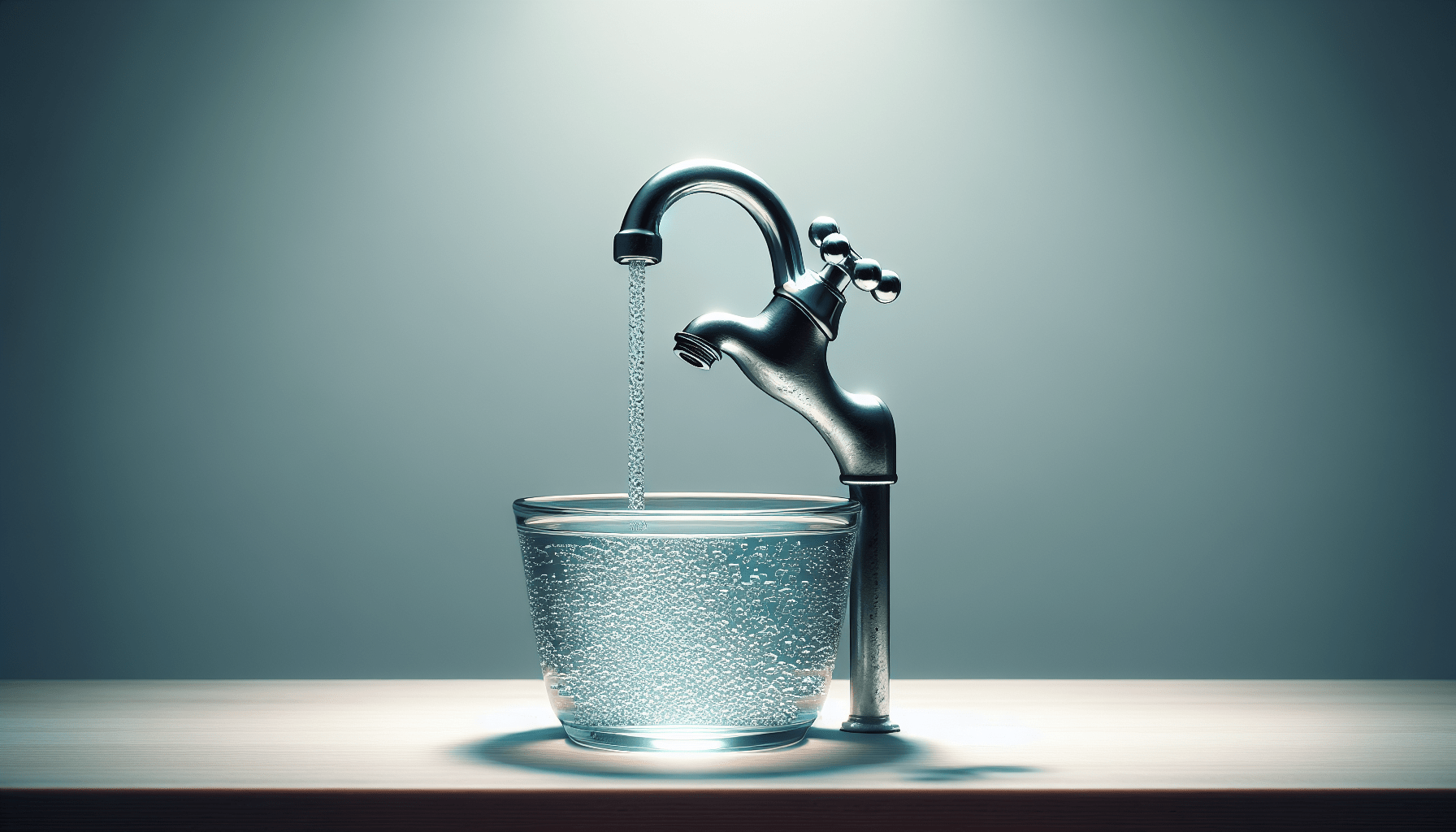Imagine enjoying a cool, refreshing glass of water only to discover that it leaves a strange taste in your mouth. Water softeners have become increasingly popular in combating this issue, but have you ever wondered about the potential downsides? In this article, we will explore the disadvantages of water softeners, shedding light on the potential drawbacks that may arise when using these devices. From increased sodium levels to the potential harm it can cause to your plumbing system, we will uncover the side effects of relying on water softeners for your everyday water needs. So, let’s dive in and discover what lies beneath the surface of water softening systems.
1. Increased Sodium Content
Health Concerns
Water softeners remove calcium and magnesium ions from hard water and replace them with sodium ions. As a result, the softened water contains higher levels of sodium, which can be a concern for individuals with high blood pressure or those on low-sodium diets. Consuming water with excessive sodium content may lead to water retention and increased blood pressure, posing health risks for certain individuals.
Restricted for Certain Individuals
Due to the increased sodium content in water softened by water softeners, it is not recommended for individuals with specific health conditions. Those with kidney problems, heart disease, or diabetes, among others, may need to avoid consuming softened water in order to maintain their health. It is important for individuals with such conditions to consult their healthcare provider to determine if using a water softener is suitable for them.
2. Environmental Impact
Excessive Water Usage
Water softeners operate by using a process known as ion exchange, which requires water to rinse the resin bed and regenerate the resin beads. This regenerative process uses a significant amount of water, contributing to excessive water consumption. In regions where water scarcity is a concern, this increased water usage from water softeners can further strain already limited water resources.
Harmful Effects on Aquatic Life
The discharge from water softeners can have unfavorable effects on aquatic ecosystems. The backwash from the regeneration process contains high levels of salt and minerals, which, when released into water bodies, can disturb the balance of aquatic environments. The increased salinity can harm aquatic plants and animals, affecting their growth and reproduction, and disrupt the overall health of the ecosystem.
Disposal Concerns
Water softeners produce brine waste as a byproduct during the regeneration process. Disposing of this brine waste can be challenging, as it contains high levels of salt and other minerals. If not properly managed, the disposal of brine waste can negatively impact soil quality and potentially contaminate water sources. It is essential for users to follow proper disposal practices and adhere to local regulations to minimize the environmental impact of water softeners.

3. Cost
Initial Investment
Installing a water softener system can require a significant initial investment. The cost of purchasing and installing the equipment can vary depending on the size and complexity of the system. Additionally, if professional assistance is needed for installation, it can further add to the initial costs. This upfront expense might be a deterrent for some individuals considering the adoption of water softeners.
Maintenance Expenses
Water softener systems require regular maintenance to ensure efficient operation. This includes replenishing salt or potassium pellets, monitoring water quality, and performing periodic maintenance tasks such as cleaning and inspecting the system. These ongoing maintenance expenses, including the cost of purchasing salt or potassium pellets, should be taken into account when considering the overall cost of using a water softener.
Higher Energy Bills
Water softeners rely on electricity to power their regeneration process. This can lead to increased energy usage and subsequently higher energy bills. The amount of energy consumed will depend on the type and size of the water softener system, as well as the frequency of regeneration cycles. It is important to consider the potential impact on energy bills when assessing the long-term cost of operating a water softener.
4. Compromised Plumbing Systems
Corrosion
Water softened by water softeners is typically higher in acidity due to the ion exchange process. This increased acidity can accelerate the corrosion of metal pipes, fittings, and fixtures in your plumbing system. Over time, this corrosion can lead to leaks, plumbing damage, and the need for costly repairs or replacements.
Reduced Lifespan of Appliances
The increased acidity of softened water can also have negative effects on household appliances that come into contact with water. Appliances such as dishwashers, washing machines, and water heaters may experience reduced lifespans due to accelerated corrosion. The frequent replacement or repair of such appliances can add to the overall cost of using a water softener.
Potential Leaks
Corrosion caused by the acidity of softened water can weaken pipes, leading to an increased risk of leaks. Undetected leaks can result in water damage, mold growth, and costly repairs. Regular inspection of your plumbing system and addressing any signs of leaks promptly can help mitigate this risk.
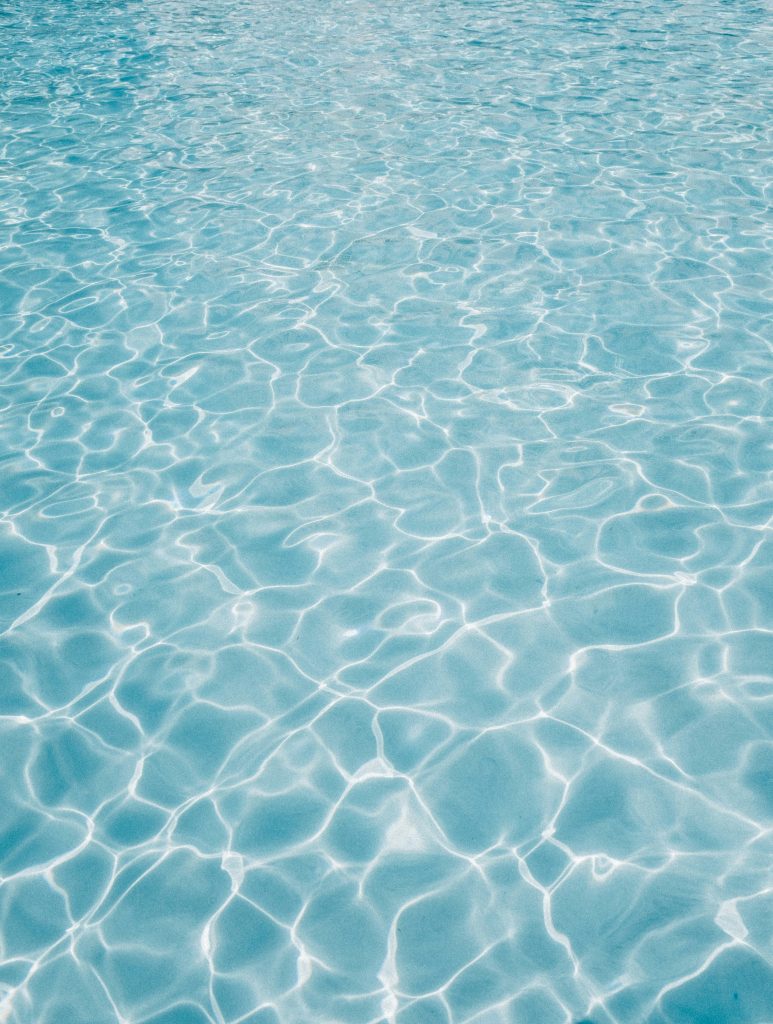
5. Taste and Texture
Slightly Salty Taste
Water softened by water softeners can have a slightly salty taste due to the increased sodium content. While this might not be a concern for some individuals, others may find it unpleasant. If you have a preference for water with a more natural taste, the altered taste of softened water may be a disadvantage to consider.
Slimy or Slippery Feeling
The removal of calcium and magnesium ions can cause water to feel slimy or slippery when using soap or shampoo. This can make it more challenging to produce a lather and rinse off soap effectively. Some individuals may find this slimy or slippery feeling uncomfortable and may need to adjust their personal care routines accordingly when using softened water.
6. Ineffective for Certain Minerals
Limited Impact on Iron
Water softeners primarily target calcium and magnesium ions, but they may not effectively remove other minerals such as iron. If your water source has high levels of iron, a water softener alone may not be sufficient to address the issue. Additional treatment methods, like an iron filter, may be required to effectively remove iron from the water.
Inability to Remove Tannins
Tannins are organic compounds commonly found in natural water sources, such as groundwater. Water softeners are not designed to remove tannins, which can result in the water retaining a yellowish or tea-like color. If tannins are present in your water source, a water softener may not fully address the aesthetic concerns associated with tannin staining.
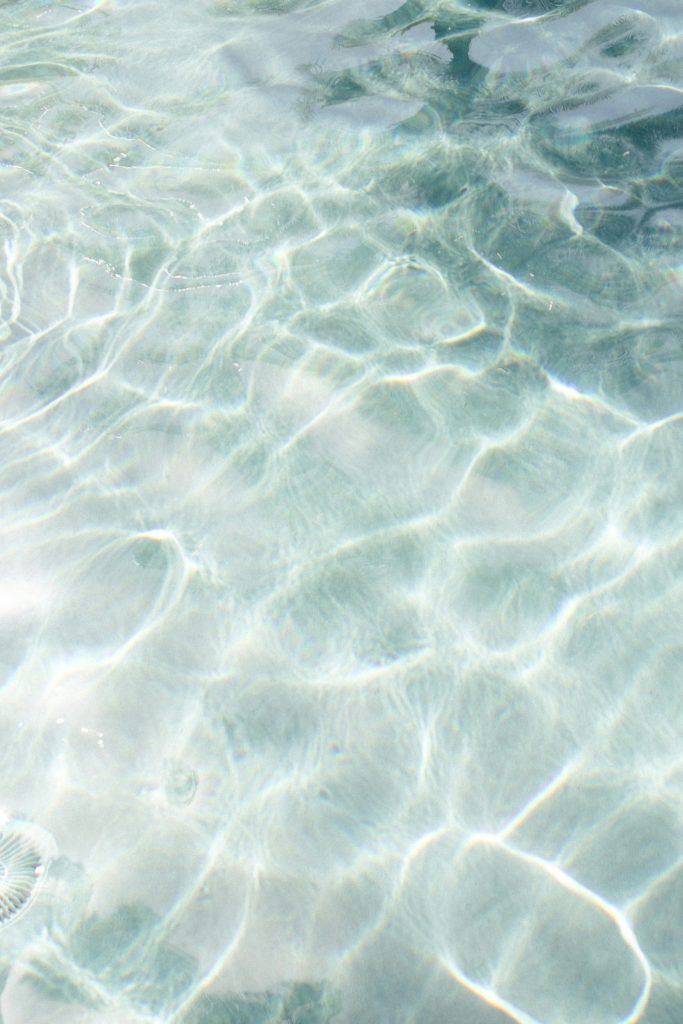
7. Complicated Installation Process
Requires Professional Assistance
Installing a water softener system can be a complex process that often requires professional assistance. Plumbing knowledge and expertise are necessary to ensure proper installation, as well as to connect the system to your existing plumbing infrastructure. Engaging a professional installer may incur additional costs, making the installation process more complicated for some individuals.
Additional Plumbing Adjustments
In some cases, the installation of a water softener system may require additional adjustments to your existing plumbing. This can include rerouting pipes, modifying plumbing fixtures, or installing bypass valves. These additional plumbing adjustments can further increase the overall complexity and cost of the installation process.
8. Potassium or Salt Requirements
Regular Refilling
Water softeners that use salt or potassium pellets require regular refilling to maintain their effectiveness. This can be an inconvenience for some individuals, as it involves regularly purchasing and manually adding the pellets to the water softener system. Failure to refill the system as needed can result in diminished water softening performance.
Potential Health Risks
While sodium-based water softeners replace calcium and magnesium ions with sodium ions, those using potassium-based systems may be exposed to higher potassium levels. Individuals with certain medical conditions, such as kidney disease or those on specific medication regimens, may need to be cautious about their potassium intake. It is advisable to consult with a healthcare provider before using a potassium-based water softener to determine if it is suitable for your specific health needs.
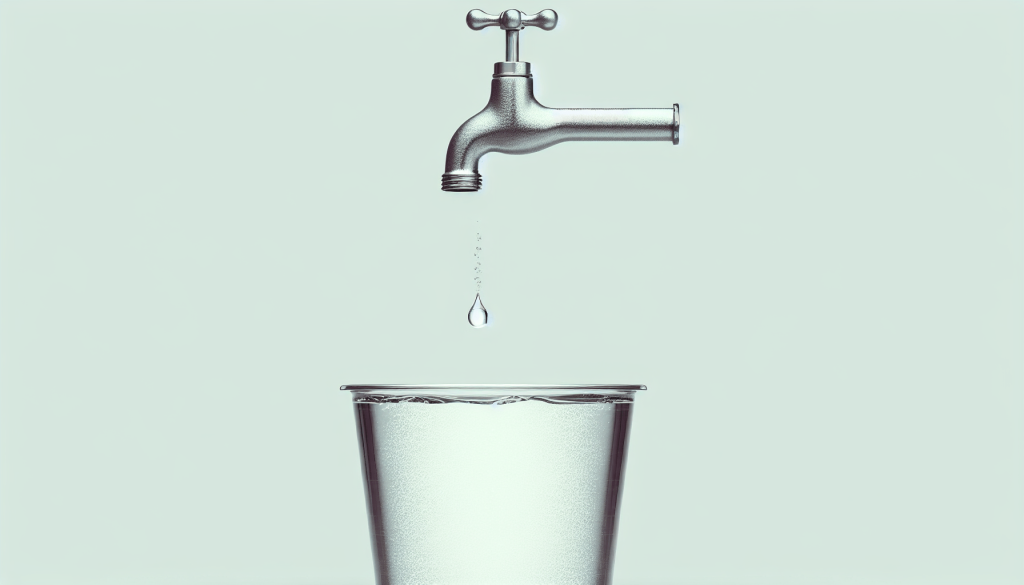
9. Unsuitable for Drinking Water
Removes Beneficial Minerals
Water softened by water softeners may have a reduction in beneficial minerals like calcium and magnesium. These minerals play important roles in maintaining overall health. Depending on the individual’s dietary intake, relying solely on softened water for drinking and cooking may lead to a decrease in essential mineral intake.
Does Not Filter Contaminants
Water softeners are designed to remove hardness minerals but are not equipped to filter contaminants such as bacteria, viruses, or certain chemicals. It is important to note that water softeners do not act as a substitute for water filtration systems. If you are concerned about the quality of your drinking water, additional filtration methods or systems should be considered.
10. Limited Application
Not Compatible with High-Temperature Devices
Water softened by water softeners may not be suitable for use with high-temperature devices such as coffee makers or steam irons. The chemical reactions that occur between the softened water and the heat can result in scale buildup, diminishing the performance and lifespan of these appliances. It is recommended to use unsoftened water or alternative water treatment methods in conjunction with high-temperature devices.
Not Recommended for Public Swimming Pools
Water softeners are not recommended for use in public swimming pools due to their inability to effectively sanitize the water. Proper sanitization methods, such as chlorine or bromine, are required to maintain a safe and healthy swimming environment. The use of water softeners may interfere with the pool’s sanitation system, compromising its effectiveness.
In conclusion, while water softeners can provide benefits such as reducing the effects of hard water, they also come with various disadvantages. These include increased sodium content that may pose health concerns and restrictions for certain individuals, environmental impacts such as excessive water usage and harmful effects on aquatic life, and additional costs associated with the initial investment, maintenance, and higher energy bills. Compromised plumbing systems, altered taste and texture of water, limitations in addressing certain minerals, and complicated installation processes are also key factors to consider. Moreover, the need for potassium or salt refilling, potential health risks, unsuitability for drinking water, and limited application in high-temperature devices and public swimming pools further highlight the disadvantages of water softeners. Before installing a water softener system, it is important to carefully evaluate these factors and consider alternative options to choose the most suitable water treatment solution for your specific needs.
